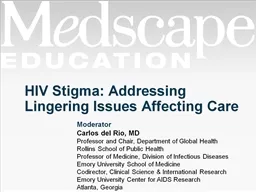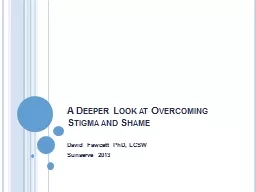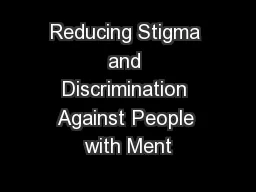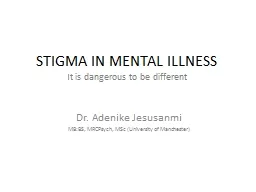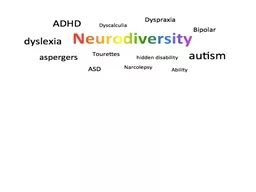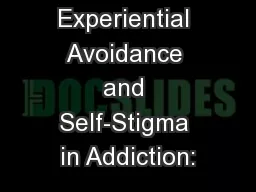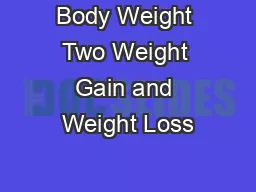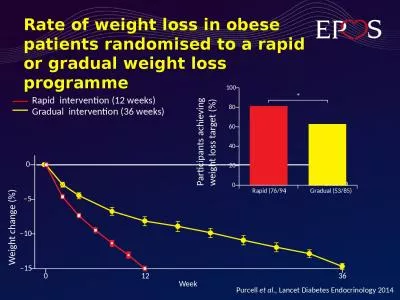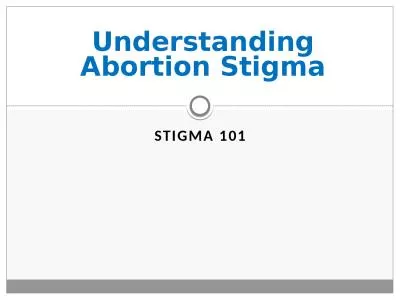PDF-stigma and weight loss The i
Author : carny | Published Date : 2022-09-21
S elf mpact of fear of being stigmatized Lillis J 1 Thomas JG 1 Levin ME 2 Wing RR 1 1 Department of Psychiatry and Human Behavior Alpert Medical School of
Presentation Embed Code
Download Presentation
Download Presentation The PPT/PDF document "stigma and weight loss The i" is the property of its rightful owner. Permission is granted to download and print the materials on this website for personal, non-commercial use only, and to display it on your personal computer provided you do not modify the materials and that you retain all copyright notices contained in the materials. By downloading content from our website, you accept the terms of this agreement.
stigma and weight loss The i: Transcript
Download Rules Of Document
"stigma and weight loss The i"The content belongs to its owner. You may download and print it for personal use, without modification, and keep all copyright notices. By downloading, you agree to these terms.
Related Documents


